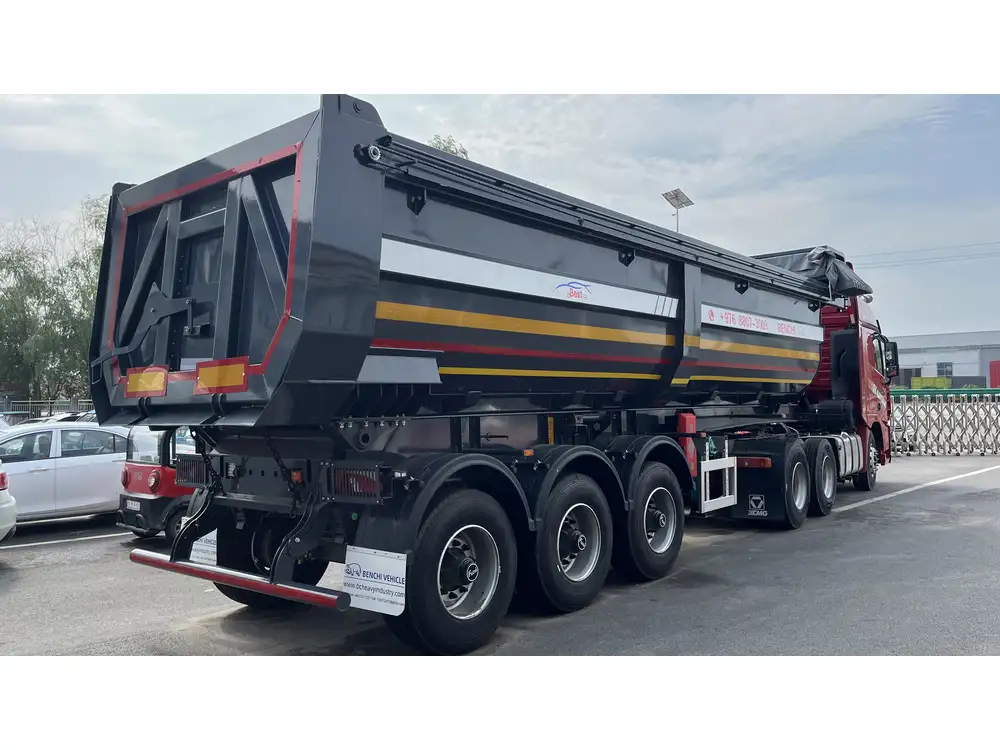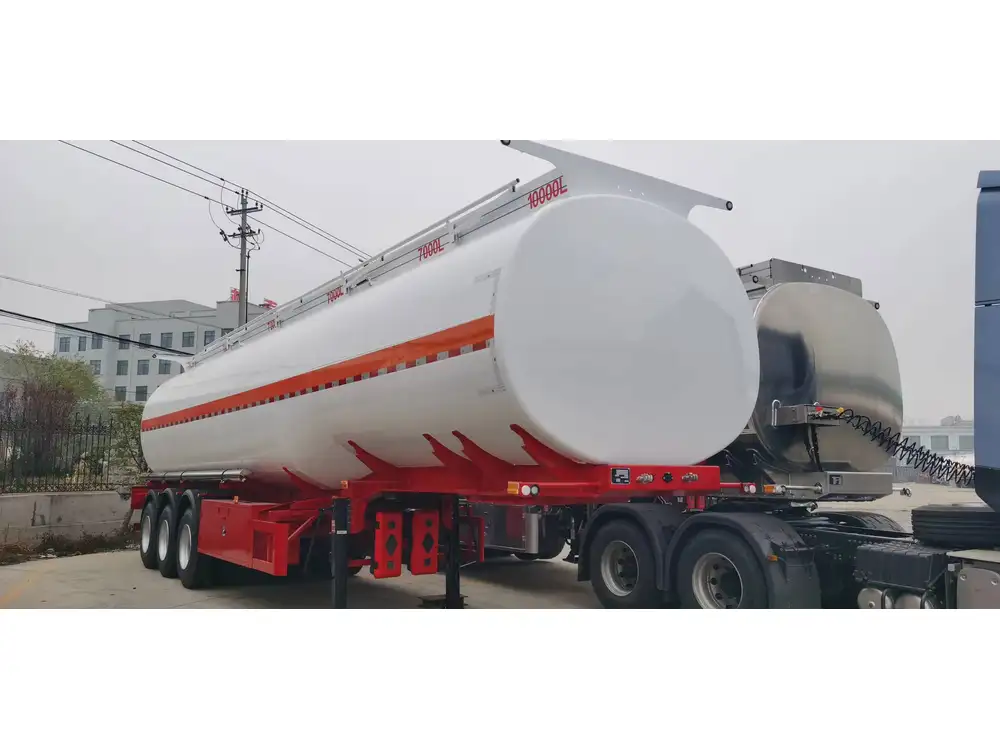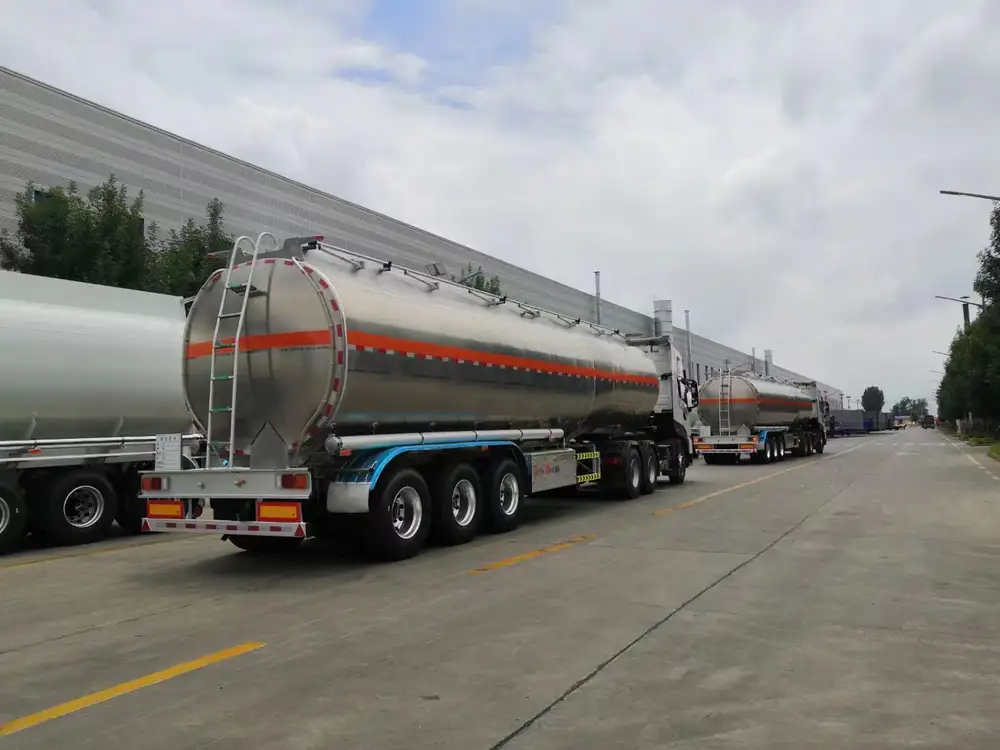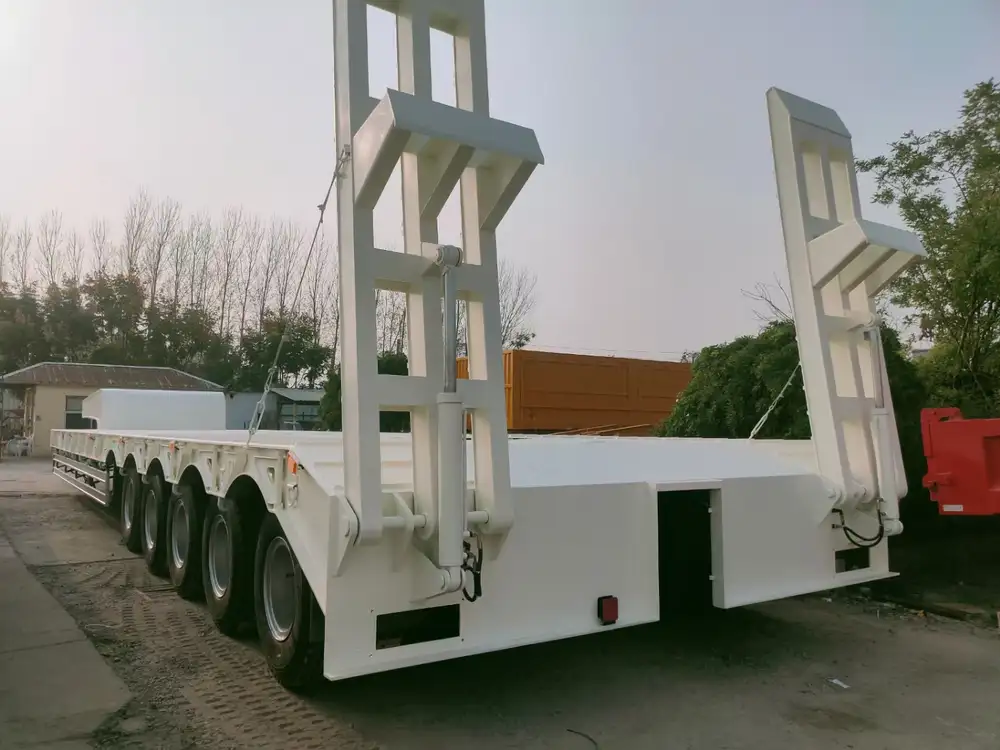Securing a trailer effectively on a flatbed is paramount for safety, compliance, and successful transportation. In this guide, we will explore various aspects of strapping a trailer on a flatbed, breaking it down into manageable sections that cover everything from preparations and equipment to techniques and best practices.
Understanding Flatbed Trailers
Before diving into the strapping process, it’s essential to understand the basics of flatbed trailers, their design, and the types available in the market.
Types of Flatbed Trailers
| Trailer Type | Description | Best Use Cases |
|---|---|---|
| Traditional Flatbed | A standard flat surface without walls or a roof. | General freight, construction materials. |
| Step Deck Trailer | Features a lower deck to accommodate taller cargo. | Overheight shipments, industrial equipment. |
| Double Drop Trailer | Two drops create a lower height in the center. | Heavy machinery transport. |
| Lowboy Trailer | Ideal for heavy loads, keeping height minimal for stability. | Heavy equipment and machinery. |
By understanding these variations, you can select the appropriate flatbed style that suits your transport needs.

Equipment and Tools for Securing a Trailer
Strapping a trailer securely requires specific tools and materials to ensure everything is safe and intact during transport. The following is a list of essential equipment:
Essential Strapping Equipment
- Ratchet Straps: Strong and adjustable, ratchet straps provide excellent tension control.
- Wheel Chocks: Prevent the trailer from rolling during loading and unloading.
- Edge Protectors: Help to safeguard straps from damage due to sharp edges.
- Tarps: Protect the trailer from weather conditions during transit.
- Lashing Points: Ensure safe anchoring of straps to the flatbed.
Preparing the Trailer and Flatbed

Step 1: Inspect the Equipment
Before attaching a trailer to a flatbed, conduct a thorough inspection of both the trailer and the flatbed to identify:
- Any visible damage (cracks, rust, etc.)
- Functionality of brakes and lights
- Overall structural integrity
Step 2: Positioning the Trailer
- Line up the trailer with the flatbed.
- Ensure that the landing gear is properly lowered.
- Use a level to confirm that the trailer is aligned correct.
Step 3: Secure the Trailer with Chocks
While you’re preparing the trailer for securing, place wheel chocks on the trailer’s wheels to keep it stationary. This is an important step that prevents unnecessary movement while strapping everything down.

Best Practices for Strapping Down the Trailer
Now that you’ve prepared your trailer and flatbed, you’re ready to strap it down securely. Follow these detailed steps to accomplish this correctly:
Step 1: Choose the Strapping Method
Different loads may require various methods of strapping. Here are two common techniques:
- Over-the-Top Method: Ideal for stability, where straps run over the top of the load.
- Side-to-Side Method: Sometimes more practical, especially for lower loads.
Step 2: Attach Ratchet Straps to Lashing Points
- Locate Lashing Points: Identify the lashing points on both the flatbed and the trailer.
- Thread the Strap: Attach one end of the ratchet strap to the lashing point of the flatbed and the other to the trailer’s specified attachment point.

Step 3: Ratchet the Straps Securely
- Pull Tight: Use the ratchet mechanism to ensure the strap is tight but be careful not to over-tension. The goal is to eliminate slack.
- Check for Movement: Once ratcheted, give the load a slight shake to ensure it doesn’t move. If it does, adjust the tension accordingly.
Step 4: Add Edge Protectors
If your trailer has any sharp edges, use edge protectors to prevent strap wear and damage. This increases the lifespan of your equipment and ensures safety during transportation.
Ensuring Load Security During Transit

Conducting a Pre-Departure Inspection
Before you hit the road, it’s crucial to conduct a thorough pre-departure inspection. This includes:
- Checking the tightness of the straps.
- Inspecting the connection between the trailer and flatbed.
- Verifying light signals and brake functionality.
Frequently Reassessing Load Security
During the journey, especially on long trips, take intervals to inspect the strapping and load security. Vibrations and road conditions can cause straps to loosen over time.
Addressing Common Strapping Challenges

Problem: Straps Becoming Loose
Solution: Use cam buckle straps as an alternative, as they tend to grip better over time. Additionally, consider wrapping straps around crossbars to boost friction.
Problem: Over Tensioning
Solution: If you struggle with determining the right tension, invest in a ratchet strap tension gauge to help you find the sweet spot between secure and over-tightened.
Problem: Weather Conditions Affecting Cargo
Solution: Employ tarps and weatherproof straps that ensure your cargo is safe from rain or snow during transport.

Legal Compliance and Regulations
When securing a trailer, it’s vital to adhere to local regulations and standards. The U.S. Department of Transportation (DOT) recommends that:
- All cargo be secured in a manner that prevents shifting during transit.
- Load limits are observed, following the specific ratings provided by the trailer manufacturer.
Industry Standards
Compliance with the following standards is essential:
- Federal Motor Carrier Safety Administration (FMCSA): Provides guidelines on cargo securing techniques.
- National Safety Council (NSC): Outlines best practices for safe transportation.
Innovative Securing Techniques
As the manufacturing and logistics industries evolve, so do the methods for trailer securing. Consider adopting new technologies or equipment:
- Smart Strap Systems: These utilize sensors to monitor strap tension in real time.
- Mobile Applications for Load Management: Use technology to map out load distribution and ensure compliance checks are met.

Conclusion
Securing a trailer on a flatbed is not merely about using straps; it involves a holistic approach encompassing preparation, technique, and ongoing safety checks. From understanding the various types of flatbed trailers to implementing the best strapping practices and complying with regulations, every step plays a crucial role in ensuring successful and safe transportation.
By mastering these techniques, we significantly enhance the efficiency of our operations, minimize risks on the road, and comply with legal standards, ensuring that both our cargo and our reputation remain intact. Therefore, whether you are a seasoned transportation professional or a newcomer to the industry, following the steps outlined in this guide will facilitate successful flatbed trailer strapping and elevate your operational productivity.



